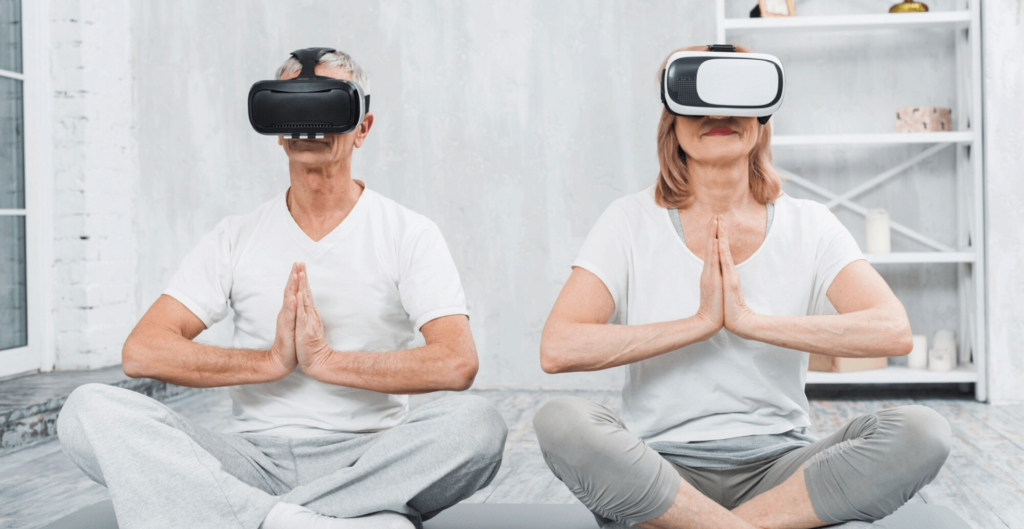
Virtual Reality (VR) is revolutionizing the field of education, offering immersive and interactive experiences that enhance learning like never before. From primary schools to universities, educators are harnessing the power of VR to engage students, facilitate deeper understanding, and prepare them for the challenges of the modern world. In this blog, we’ll explore the profound impact of virtual reality on education and how it is reshaping the learning landscape.
Enhanced Learning Experiences
Immersive Environments
VR transports students to virtual worlds where they can explore historical landmarks, dissect complex biological structures, or even journey through space. By experiencing subjects firsthand, students develop a deeper understanding of concepts that were once confined to textbooks. Whether it’s walking through ancient ruins or witnessing chemical reactions in real-time, VR brings learning to life in ways that traditional methods cannot replicate.
Interactive Simulations
One of the most powerful aspects of VR in education is its ability to create interactive simulations. From science experiments to historical reenactments, VR allows students to engage with content actively. They can manipulate objects, conduct experiments, and observe cause-and-effect relationships in a safe and controlled environment. This hands-on approach not only fosters critical thinking and problem-solving skills but also makes learning more enjoyable and memorable.
Accessible Education for All
Overcoming Physical Limitations
VR has the potential to break down barriers to education by providing access to immersive learning experiences for students with physical disabilities or those in remote areas. Through VR headsets, students can participate in virtual classrooms, attend lectures, and collaborate with peers from anywhere in the world. This inclusivity ensures that all students have equal opportunities to engage with educational content and pursue their academic goals.
Personalized Learning
With VR, educators can tailor learning experiences to meet the unique needs and preferences of individual students. By adapting content, pacing, and difficulty levels, VR can accommodate different learning styles and abilities, allowing students to learn at their own pace. Furthermore, VR analytics provide valuable insights into student performance, enabling teachers to identify areas for improvement and provide targeted support.
Future Opportunities and Challenges
Expanding Educational Horizons
As VR technology continues to evolve, the possibilities for educational applications are limitless. Virtual field trips, collaborative projects, and global cultural exchanges are just a few examples of how VR can enrich learning experiences and broaden students’ perspectives. By embracing innovation and experimentation, educators can unlock new opportunities to inspire curiosity, creativity, and lifelong learning.
Addressing Technological Barriers
While the potential benefits of VR in education are significant, there are challenges that must be addressed to ensure widespread adoption and equitable access. Cost, technical complexity, and the need for specialized training are among the barriers that educators and policymakers must navigate. Additionally, concerns about screen time, privacy, and digital safety require careful consideration to ensure that VR is used responsibly and ethically in educational settings.
Conclusion
Virtual Reality has the power to transform education by creating immersive, interactive, and accessible learning experiences for students of all ages. From enhancing traditional teaching methods to unlocking new opportunities for exploration and discovery, VR holds tremendous promise for the future of education. By embracing innovation, collaboration, and inclusivity, educators can harness the full potential of VR to empower the next generation of learners and prepare them for success in a rapidly changing world.


